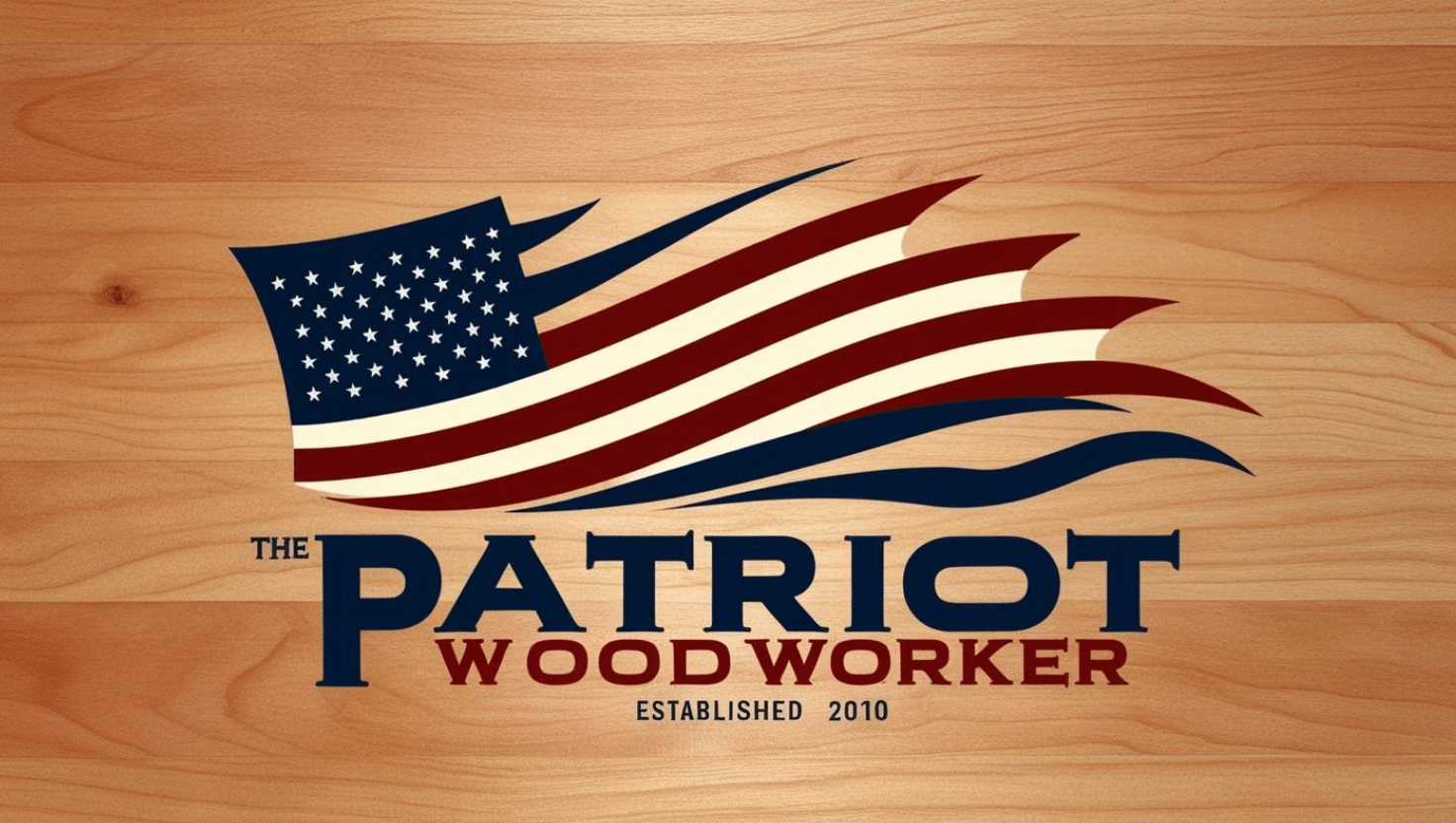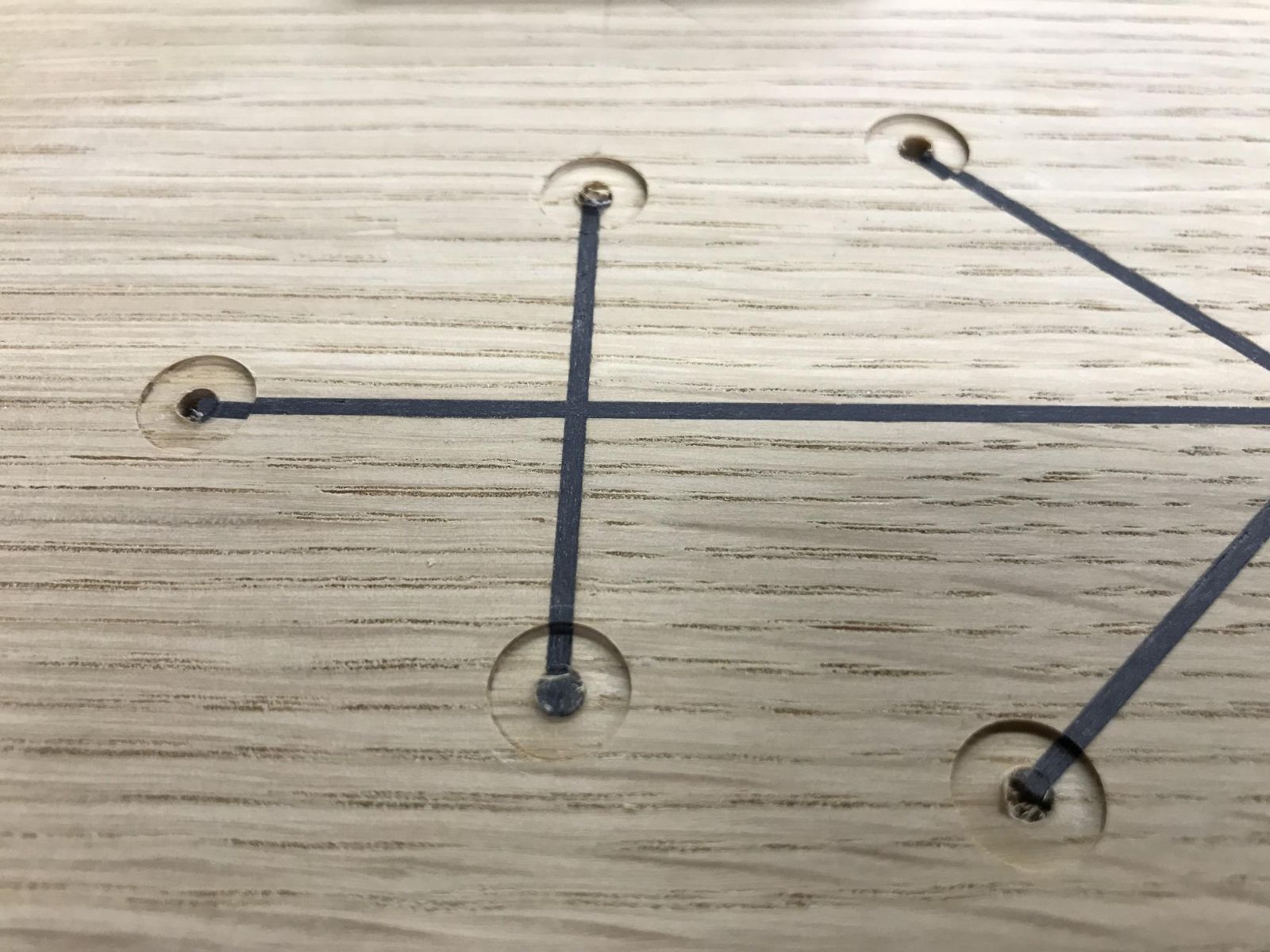Search the Community
Showing results for tags 'mother of pearl'.
-
I designed a mission style bedroom set and I want to have inlay mother-of-pearl (MOP) to make the pieces appear to be a set. This is my 1st project to have used inlay. I do not have a Shaper Origin or a CNC, so I resorted to a hybrid hand and machine method of implementation. I ended with six test beds. The following are pictures and explanations for the productions Mission style/My style nightstand door panel inlay effort. Dimensions listed are usually nominal. I had to resort to actual measurements to help identify the tools and technic to use. There are two QSWO panels, approx. ½” x 6-1/2” x 13-3/4”. The MOP pieces are 6 mm dia. x 2 mm thick. The black veneer is 1/42” thick. Line fabrication: I needed black lines 1/16” thick x 1/16” wide. I found “black” veneer sheets which were 1/42” thick. I sandwiched and pressed three sheets using Unibond One for the adhesion. Latter I cut the veneer lines to the needed lengths and allowing excess for the widths (~ 3/32”-1/8” wide). Dot fabrication: After much trial-n-error, I found using a Veritas 3/8” dia. hole cutter would make a 0.390 dia. black veneer dot. The dots are made by gluing newspaper to a poplar board with wood glue and gluing the black veneer to the other side of the newspaper. After the glue has dried, the dots cut with a plug cutter in a router set to the lowest speed. Router depth was set to veneer thickness + 1/256”. The dots can be removed from the board, at the paper interface, using a bench chisel. Jig tooling I made a dot location template from ½” thick MDF. I drilled ten holes with a ½” forstner bit using a drill press. Test bed #6 Installations 1st: Draw center lines onto the panel. Center the dot location jig onto the QSWO panel and clamp. Index three wooden blocks, with double sided tape, onto the panel. The blocks cannot be thicker than the MDF jig. The blocks will be used in subsequent operations to help assure the template is placed in the original location. 2nd: Using a 1/8” dia. router bit, plunge down 1/8” for each dot location. It will become more obvious in subsequent operations why this operation is necessary. Remove the template after plunge routing. 3rd: Draw reference lines between holes. Take extra caution to assure the lines are centered. Draw the lines past the hole locations. 4th: Locate a straight edge ¼” from the reference centerline. I use a ¼” x ¼” brass gauge. It is important that the straight edge is parallel along the full length of the reference line. Clamp the straight edge to the panel and workbench. 5th: Using 1/16” dia. router bit, rout a 1/16” deep groove between two 1/8” holes. The holes were made larger and deeper than 1/16” so that there would be clearance when the bit first enters the wood. Rout the groove in two passes to assure the bit does not break. 6th: Remove the straight edge and repeat operation #5 for two more lines. The three original lines selected cannot be intersecting lines. Select one cross hatch line and the two short lines. 7th: Using clear CA glue, adhere the veneer lines into the three grooves. Sprites with accelerator. Let set for full cure. 8th: Pare the lines near flush to the panel surface using a bench chisel. Orientate the chisel with the bevel edge down. 9th: Repeat operations 4 through 8 for the remaining crosshatch line. 10th: Repeat operations 4 through 8 for the remaining long line. When paring is complete, use a RO, set at a low speed, and sand with P100 and P150 grit paper. Now sit back, take a breath, and admire. The hardest operations are still to come. 11th: Reapply and clamp the template to the panel and bench. Using a 10 mm dia. bit, make a spot face for the dots. Depth is very critical. I set my depth to veneer thickness + 1/256”. You may want to use a set-up piece before using the production panel. 12th: Because the 10 mm bit does not make a flat bottom spot face, using a ¼” down spiral router bit, make an inner spot face with depth set to veneer thickness + 2/256”. If there is still a center protrusion, use a 1/8” dia. router bit and plug veneer thickness + 3/256”. The 1/8” dia. plunging may not be required in all 10 locations. 13th: Remove the dot location template and look for any anomalies. No repair procedure has been determined, so you better have done it correct. 14th: Using clear CA glue, locate the ten dots into the spot face locations. I used an Xacto knife blade to hold the dot and the blunt in the handle to help press the dot down. Do not use an over amount of glue. Try to keep the glue off the dot top surface. Blot any glue squeeze out with a paper towel. 15th: After the glue has cured, hand sand the panel with a soft block and P220 grit paper. Note any high dot locations. Be aware that the dot veneer is only 1/42” thick. Remove all surface CA glue from the panel and on the dots by sanding. 16th: Relocate the dot location template onto the panel and clamp. Using a ¼” dia. down spiral router bit, plug rout holes MOP + 1/256” deep. You may want to use a set-up piece before using the production panel. Having the MOP proud of the black dot is desired because you want to sand the MOP surface flush in subsequent operations, but keep in mind that the black dot is only 1/42” thick. Make a mental note of where the dot height is compared to the panel surface. If the dot is sub flush, then the MOP will be too proud. If the dot is proud, then you risk sanding too much of it. 17th: Remove the template and trial fit the MOP pieces into the panel. You will have a loose fit. Using black CA glue, locate the ten MOP pieces into the ¼” dia. spot faces. I use a tweezer to hold the MOP and the blunt end of the Xacto knife to help press the MOP down. Do not use an over amount of glue. Try to keep the glue off the black dot. Blot any glue squeeze out with a paper towel. 18th: After the black CA glue has cured, sand the panel surface with P220 grit sandpaper to try to flush the MOP pieces, remove the factory scratches from the MOP, and to remove cured glue from the black dots. Take caution not to over sand the black dots. Finishing 1. Remove sawdust with a cloth or blue shop towel soaked with mineral spirits (MS). Allow MS to evaporate. 2. Using a Q-tip, paint MOP with shellac sealer. 3. Apply Transtint medium brown dye, mixed with denatured alcohol (DA,) to panel and allow to dry. 4. Using a Q-tip and DA, remove dye from MOP before drying is complete. 5. Spray seal coat to entire panel. Allow to cure. 6. Scuff sand with P 320 or P400. Remove dust. 7. Reapply seal coat to MOP with Q-tip. 8. Apply General Finishes Antique Walnut gel stain to panel and allow to cure. Using Q-tip and DA, remove gel stain and seal coat from MOP before curing is complete. 9. Apply seal coat. Using Q-tip and DA, remove seal coat from MOP before curing is complete. 10. Perform operations #1,3, 6, and 8 to back surface of panel. 11. Scuff sand with P420 grit sandpaper, if required. Thanks for looking and reading along. Danl Two production panels with dye stain and test bed#6 Production panels with walnut gel stain applied. Waiting to have seal coat applied.
























